Exploring Design in Thailand and Tokyo
From Buddhist temples and long-tail boats to the world-famous Tsukiji Fish Market and the Hotel Okura

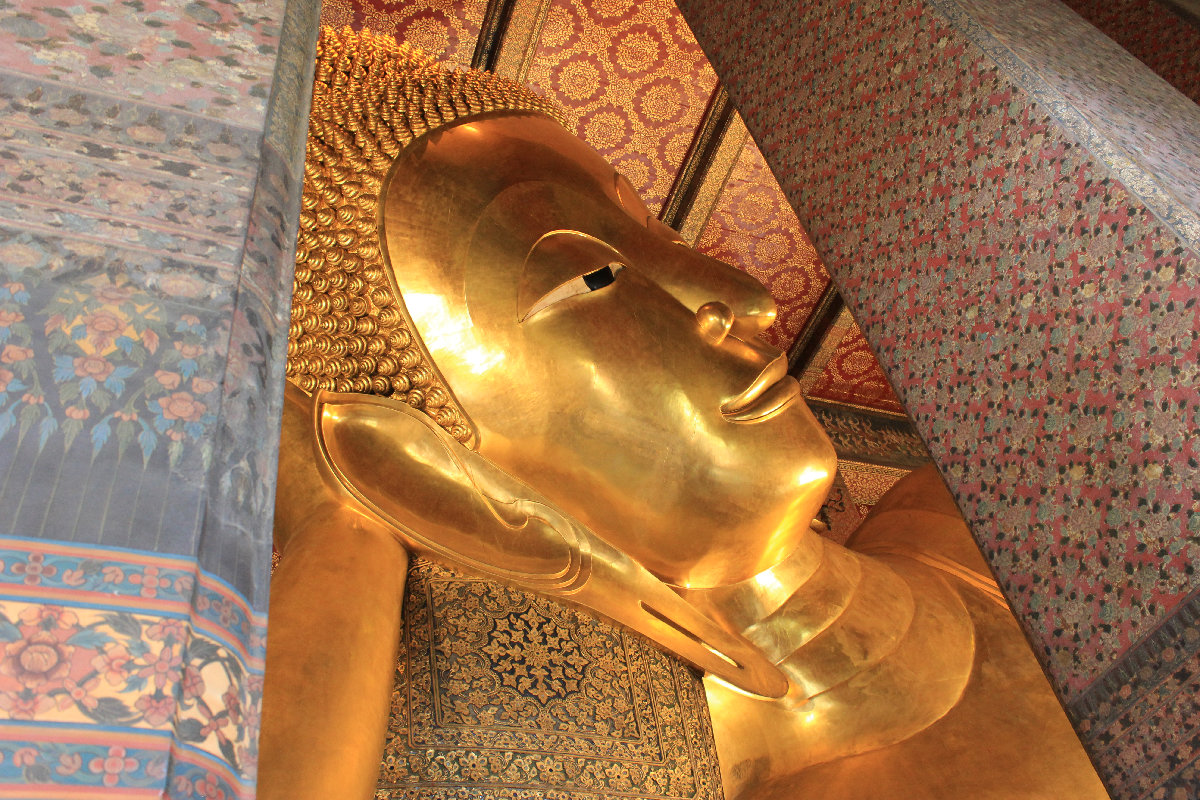
With a long list of recommendations and high hopes, we recently left NYC behind for a week exploring Thailand and Tokyo by way of All Nippon Airways (ANA). Though the trip from New York’s JFK airport was lengthy, ANA’s business class kept us well-rested and ready to scout the local design scene upon arrival in Bangkok. From studio visits with Thai artists to self-guided tours through the labyrinthian city’s many markets, we found unique design and culture with every turn.
Located just adjacent to the Grand Palace in Bangkok is the world-renowned Wat Pho Buddhist Temple, also known as the Temple of the Reclining Buddha. Here lies the iconic 49′ x 141′ Buddha statue, covered head to toe in gold leaf. As one of the oldest and largest wats in Bangkok, the grounds also happen to be what many consider to be the birthplace of the traditional Thai massage. Offering many rich examples of traditional Thai design—from mother of pearl and tile mosaics to marble architecture—the compound does not disappoint.
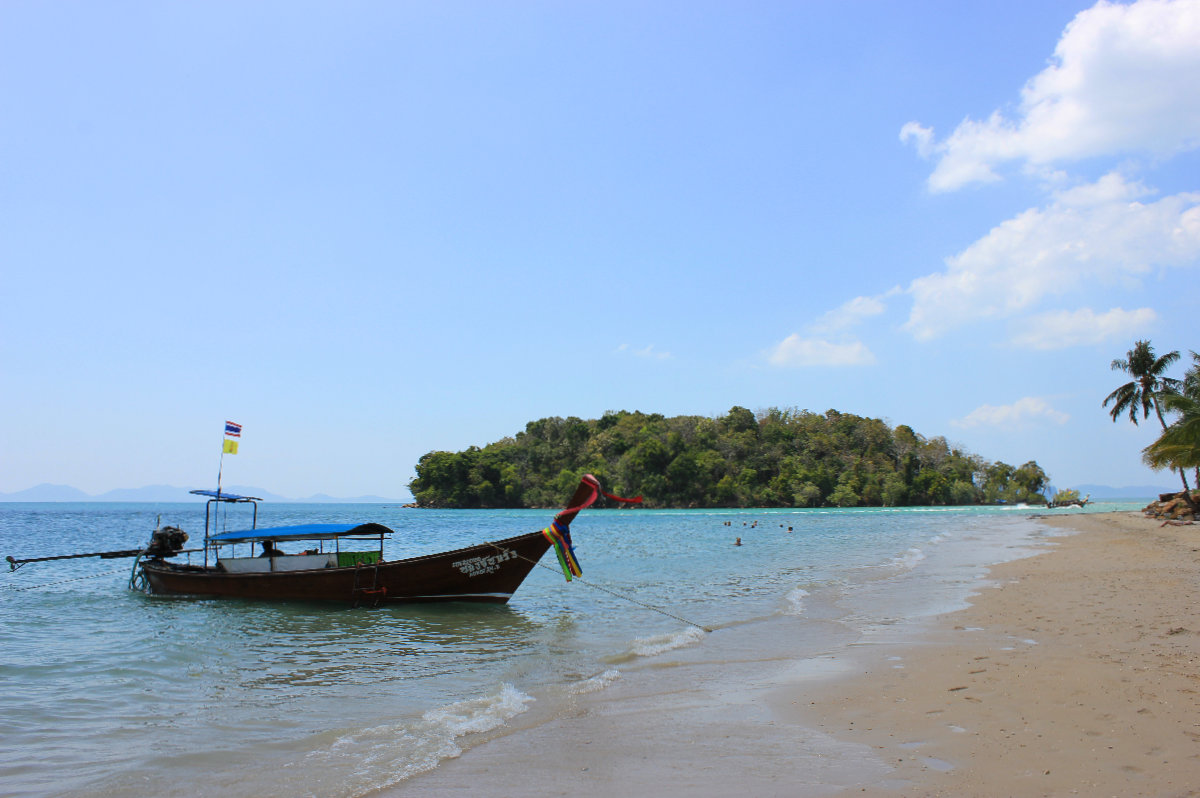
After spending a few days dodging zigging scooters and zagging tuk-tuks, the hustle and bustle of Bangkok drove us down to Krabi Town, located an hour by plane; south of Bangkok and across the Andaman Sea from the more developed Phuket. Here we explored the local landscape by boat, scooter and foot. The water was warm, the sand was white and the seafood was fresh as can be. The rural environment offered a chance to see the other side of the country’s cultural coin.
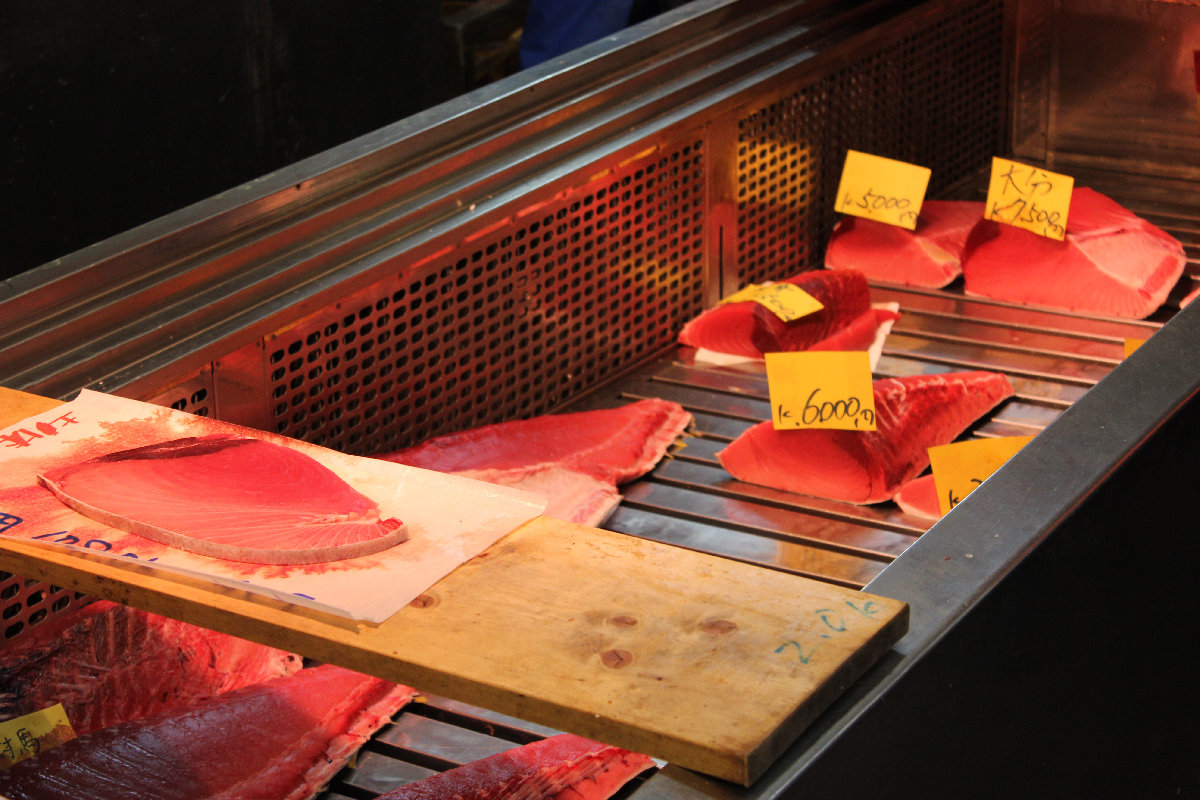
Our 48-hour layover in Tokyo was the highlight of the trip. ANA’s direct flight schedule made swinging through Tokyo between Bangkok and NYC a breeze, affording us just enough time to visit the city’s endless fashion boutiques, ramen houses, izakayas and so on. First up on our to-do list was the famed Tsukiji Fish Market. A 7AM arrival meant just enough time for a dockside sashimi breakfast before exploring the wholesale fish stalls. A sense of timelessness and organized chaos permeates the entire market.
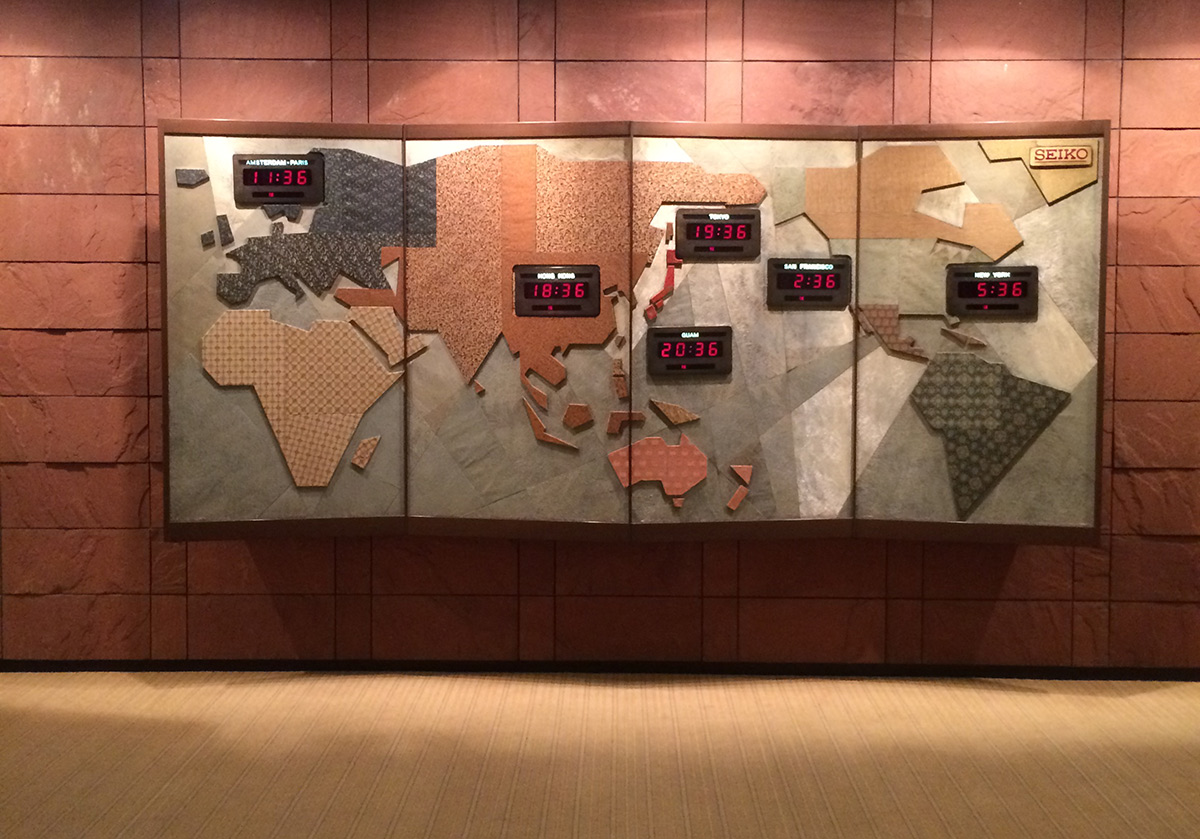
While the Tsukiji Market may soon be moved to another part of town, another icon of Tokyo’s rich history being threatened is the Hotel Okura, a mid-century time capsule. Designed by Yoshio Taniguchi (who also designed the Museum of Modern Art’s expansion) and erected in 1962, the sizable hotel has hardly seen a single change since. From the cavernous Orchid Bar to the many lengthy halls decorated with handmade lighting fixtures and tapestries, the Okura is a rare gem in the world of architecture and interior design. We were lucky to experience it when we did, as the hotel is sadly slotted to be demolished in August to make way for a larger structure to accommodate the upcoming 2020 Olympics.
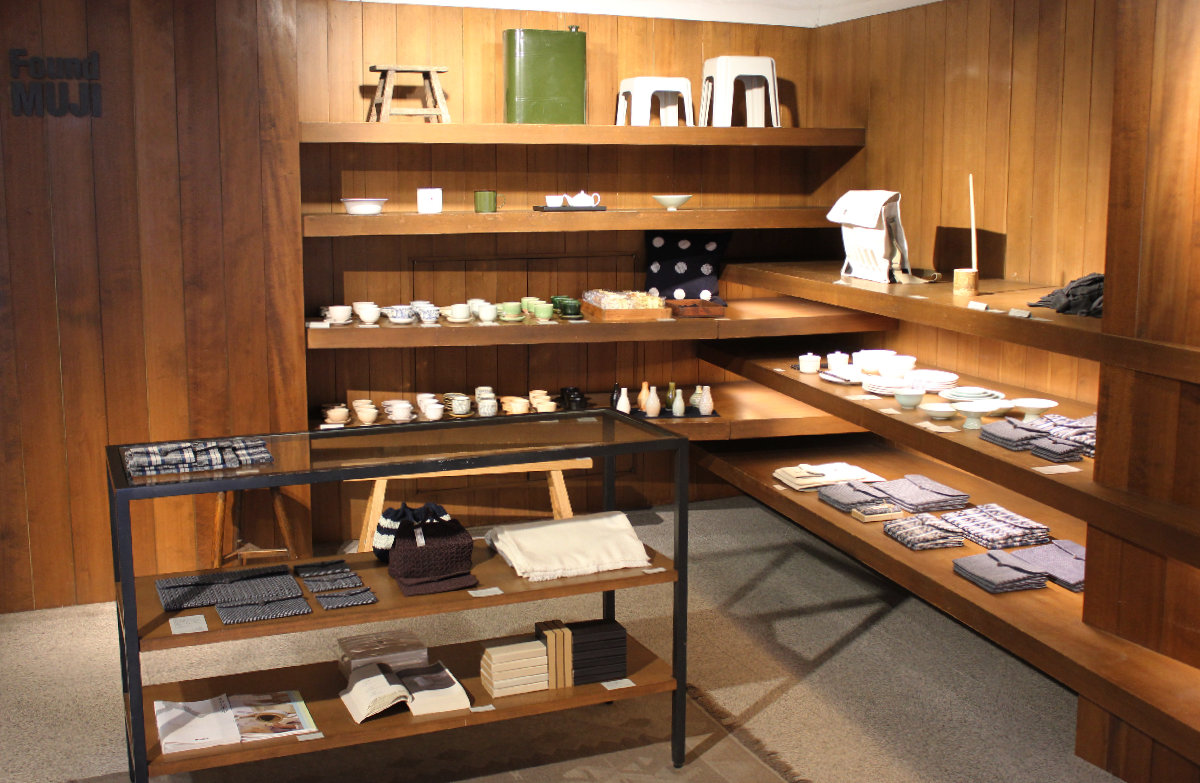
A go-to for considered design in certain cities around the world, MUJI has long been an ambassador of sorts for refined Japanese design. The special MUJI Found concept shop in Tokyo showcases objects encountered by the MUJI research team from around the globe that inform the MUJI product line. It’s an exceptional example of clean, simple retail. This two-story shop (selling mostly homewares with furniture and apparel mixed in) is worthy of an entire afternoon of perusing items from traditional sake vessels to indigo-dyed textiles and hand-carved wood objects.
Keep an eye on CH in the coming days for new articles from our trip to Thailand and Tokyo with ANA. For more information on ANA, their flight options and the By Design creative class-focused campaign, visit ANA online.
Images by Cool Hunting












